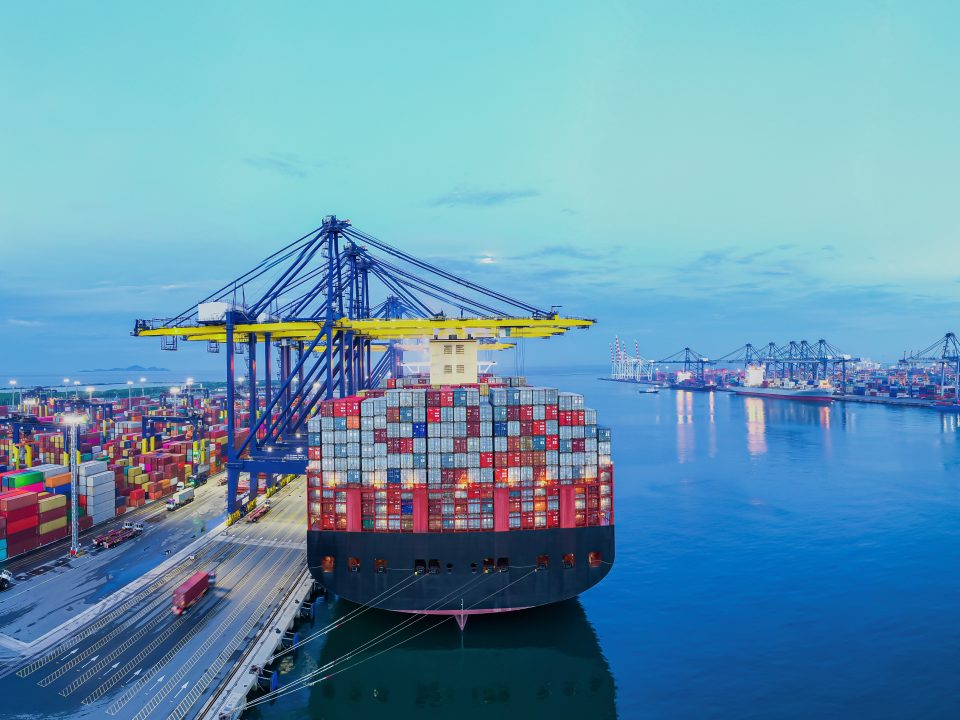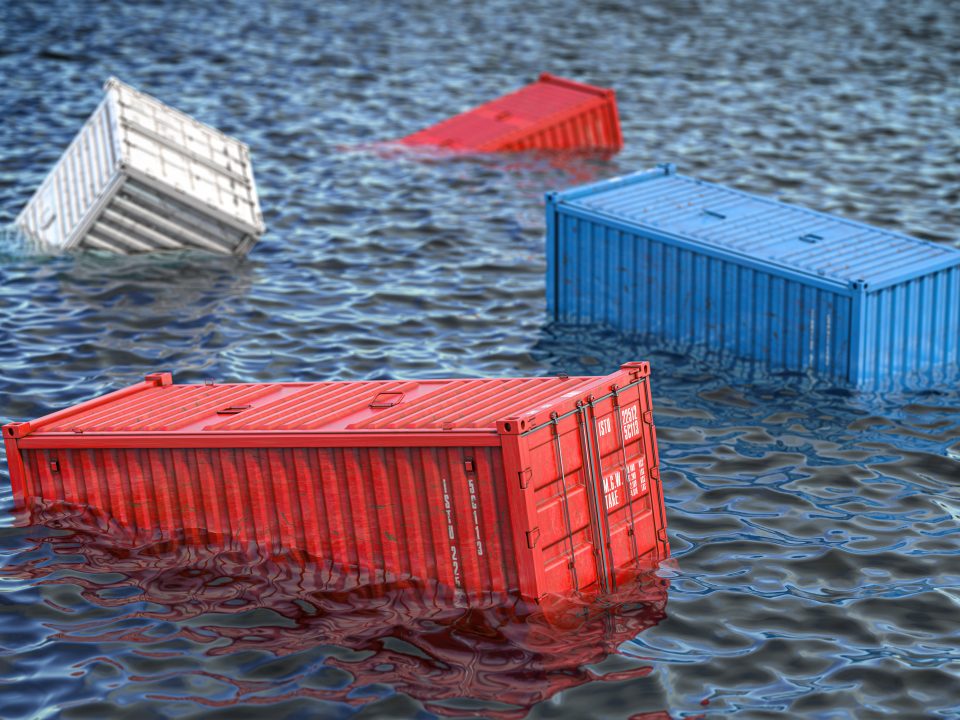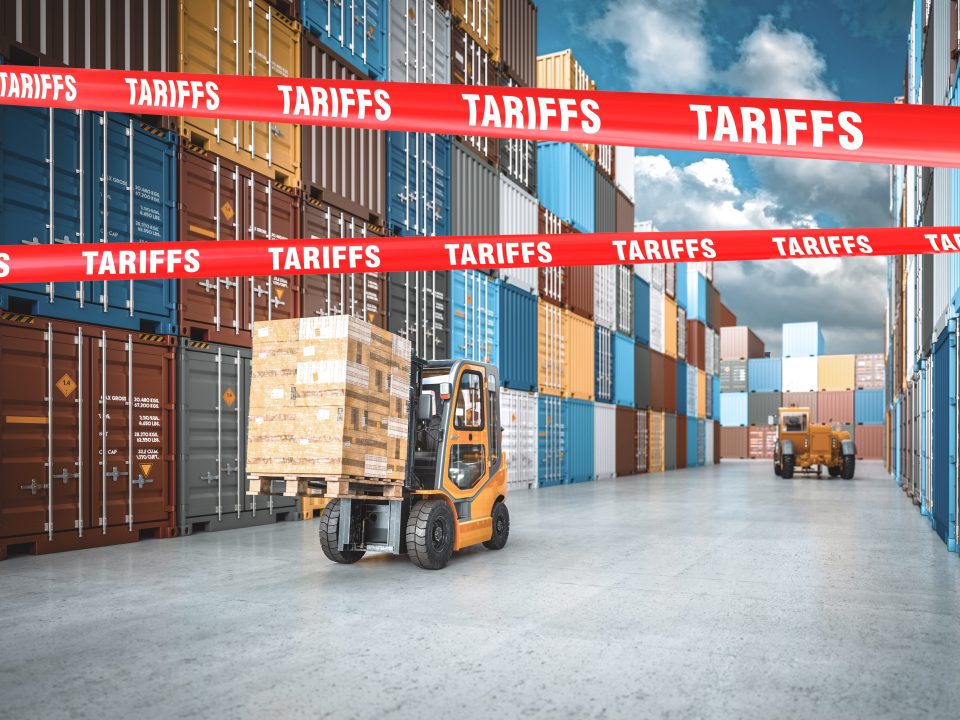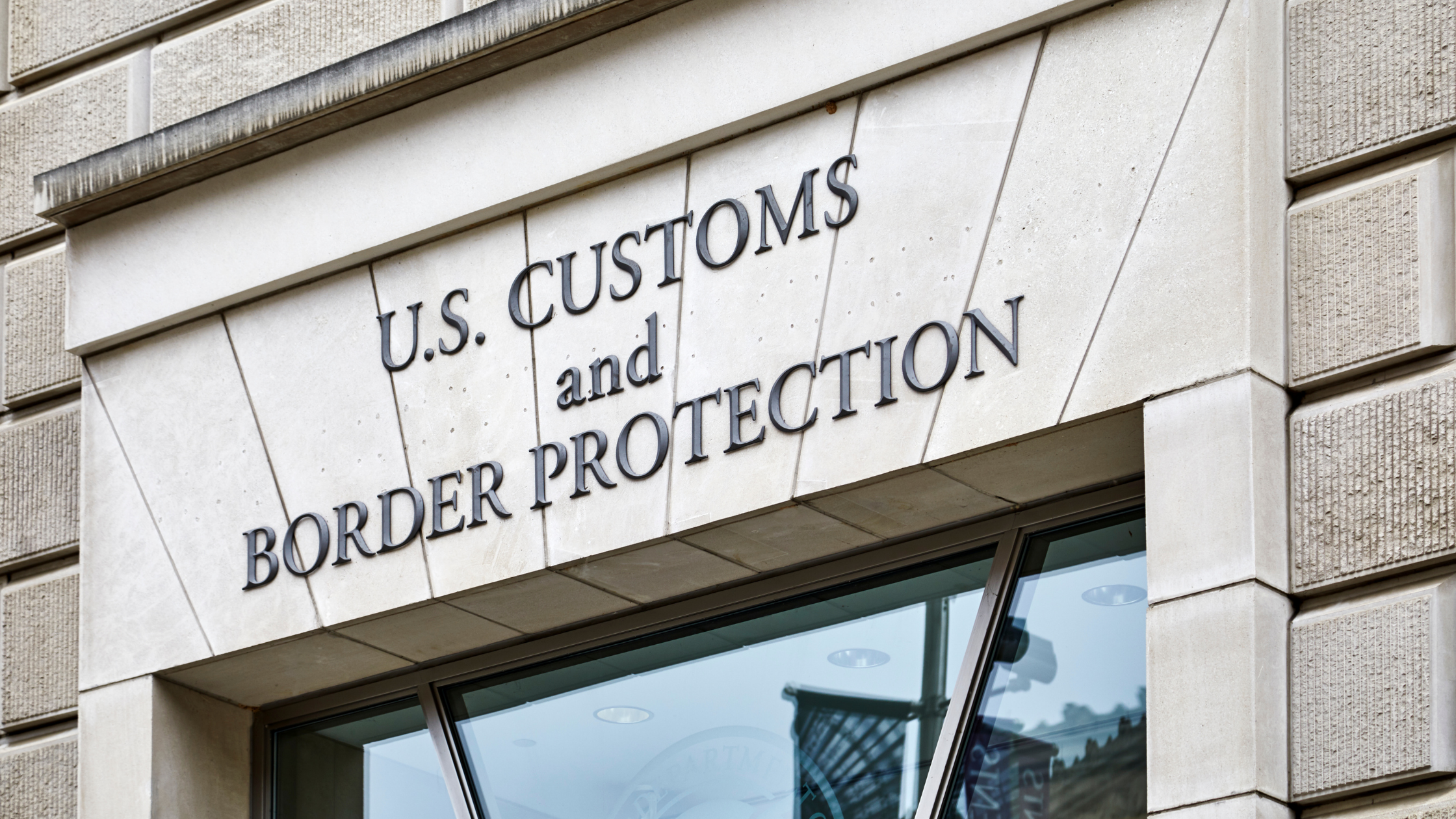
What You Need to Know About Forced Labor
October 7, 2021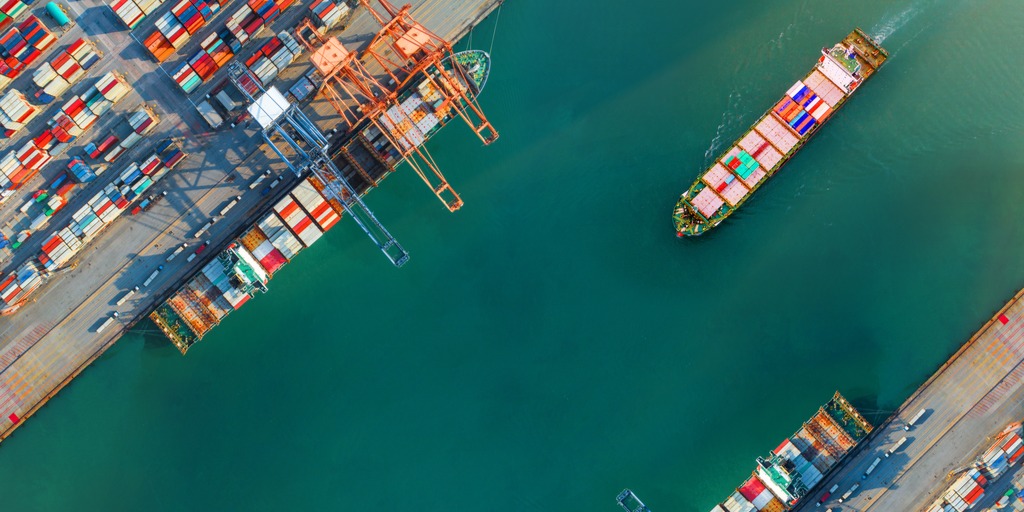
Port Congestion: Day to Day Challenges
October 12, 2021Weekly Vessels Anchored and at Terminals as of 10/08/2021
LA & LB: Anchored 58 | Terminal 27
Oakland: Anchored (nil) | Terminal 5 | Drifting 2
NWSA: Anchored 8 | Terminal 7 | Drifting 12
Vessel Congestion Update
Southern California Marine Exchange reported there were a total of 146 ships in the ports of LA/LB as of October 5, 2021. This included 90 vessels at anchor or drift areas and 56 at berth/terminals. Of the 146 vessels, 89 were container ships which included 62 at anchorage/drifting and 27 at a berth/terminal.
As both LA-LB ports continue to break cargo volume records over the past year, the bigger issue continues to extend throughout the entire U.S. supply chain. Terminal yards, overflowing warehouses, rail yards, and truckers are all maxed out. Chassis and containers continue to be difficult to locate for cargo shipments. Ships are backlogged waiting in anchorage/drift and factories are behind in orders, even though the output is at record levels as indicated by Gene Seroka, Executive Director of the Port of Los Angeles.
Usually, the beginning of October is generally known as the start of what retailers call “peak” season. Today, it may be referred to as “panic peak” as the industry is already in various forms of panic that usually does not occur until the weeks prior to the holidays. Everyone seemed hopeful that the congestion and bottlenecks of the global supply chain of 2020 would be cleared by now. Unfortunately, it is much worse as evidence is mounting that the holiday season is at risk for lengthy delays along with possible merchandise shortages. Many recommend consumers buy earlier as the hard-to-get items may not be available in time for the holiday season.
According to Freightos Index, the median cost of shipping a standard 20-foot container from China to the West Coast in September 2021 averaged $20,586, double what it cost in July, which was twice what it cost in January 2021. Most businesses are passing on the cost burden to the consumer as price increases seem inevitable.
Extended Gate hours for LA/LB Ports
Last week, both LA-LB port executive directors Gene Seroka and Mario Cordero, announced the start of a pilot program to expand terminal gate hours. The TTI – LB Terminal began operating a hoot gang, which is a 3rd shift gang of ILWU labor. A letter addressed to the trucking community by the port of LB stated in part: “TTI will be running a 3rd shift Hoot wheeled gates the week of October 3, 2021, Monday-Thursday from 3:00 AM to 7:00 AM. Appointments are required and available, however, limited and available on a first-come, first-serve basis; wheeled moves only; dual transactions are required, empties-in dropped on wheels paired with wheeled loads-out; pool chassis required for all transactions and a deadline for making appointments is noon, the day of the given Hoot gate.”
While the San Pedro Bay ports announced the new measure aimed to speed cargo throughput, the growing local trade sentiment seems to be as quoted in part by Susan Ross, a trade industry expert from Mitchell Silberberg & Krupp LLP, “it seems that 24/7 port operations are not a viable option until there is adequate equipment available.” It appears truckers did not avail themselves of the pilot program this past week since it was not fully utilized. Optimism remains, as port officials continue to reach out to the Harbor Trucking Association and truckers in general to encourage the use of the off-normal hours of operation.
Oil and Water Don’t Mix – State of Emergency Declared
The Pacific Ocean anchorage/drifting area, where dozens of backed-up cargo vessels await anchored off the coast, suffered an oil spill on the evening of October 2, 2021. The leaking oil pipeline is operated by Amplify Energy and currently, the Pacific Ocean along the coast from Huntington Beach, CA has been contaminated with the underwater oil pipeline leaking as much as 144,000 gallons of heavy crude oil. By Sunday, October 3rd, the oil company divers stopped the leak; however, the heavy oil caused major slicks traversing in a southerly direction down the coast along the water and shoreline. U.S. Coast Guard Captain Rebecca Ore advised the oil slick initially was around 13 miles long. Investigators have indicated the spill may have been caused by a ship’s anchor that hooked, dragged, and tore open the underwater oil pipeline. A news reporter asked Captain Ore, if one of the many anchored vessels could have damaged the pipe and caused the spill. She responded in part: “the cause of the spill is being investigated.”
The U.S. Coast Guard has directed several vessels to reposition away from the spill area. It was noted several vessels appear to have oil smeared on them and may require hazmat type cleaning, which could further delay awaiting vessels to a terminal. As of Oct 6, 2021, the initial fear of danger to bird and animal wildlife is believed to be minimal, however, their estuary has contamination. The ocean, as well as the shoreline, have globs of oil, and a storm earlier in the week may have broken down the estimated 17-mile oil stream.
On Monday, October 4th, the California Governor declared a state of emergency for the area. The local area lobster fishing season had just opened; however, the State of California Fish and Wildlife moved to close areas near Dana Point and beyond as being off-limits for any fishing, citing the closure as a precautionary health measure. It has been reported hundreds of volunteers are working to locate, clean, and save wildlife.
Global Vessel Capacity – Update from Sea-Intelligence Group
An analysts’ group, based in Copenhagen, indicates the global capacity has been reduced by 12.5% from the current vessel delays. The transpacific crossings had the most reported congestion for this year. Further, data indicates the transpacific trade lane is where more capacity has been in operation than ever before, and the cargo carrying capacity on a roundtrip has declined to a level below 20% when compared to year-end over the past two years. They concluded the global congestion issues may stretch until the end of 2022 before reversal to full normality.
U.S. Inflation
Inflation rose 4.3% and is up slightly from the previous month which reached the highest in more than three decades. Last week, Jerome Powell, Federal Reserve Chairman, expressed hope that the supply chain problems could start improving in 2022 and could push inflation down within the first half of the year. Despite the supply chain woes and bottlenecks, consumer spending rose 0.8% in August.
Bottom-line is shippers, importers, and consumers need to be prepared for shortages of goods, increased costs, and continued shipping delays.
Please contact your Western Overseas representative with any questions.



